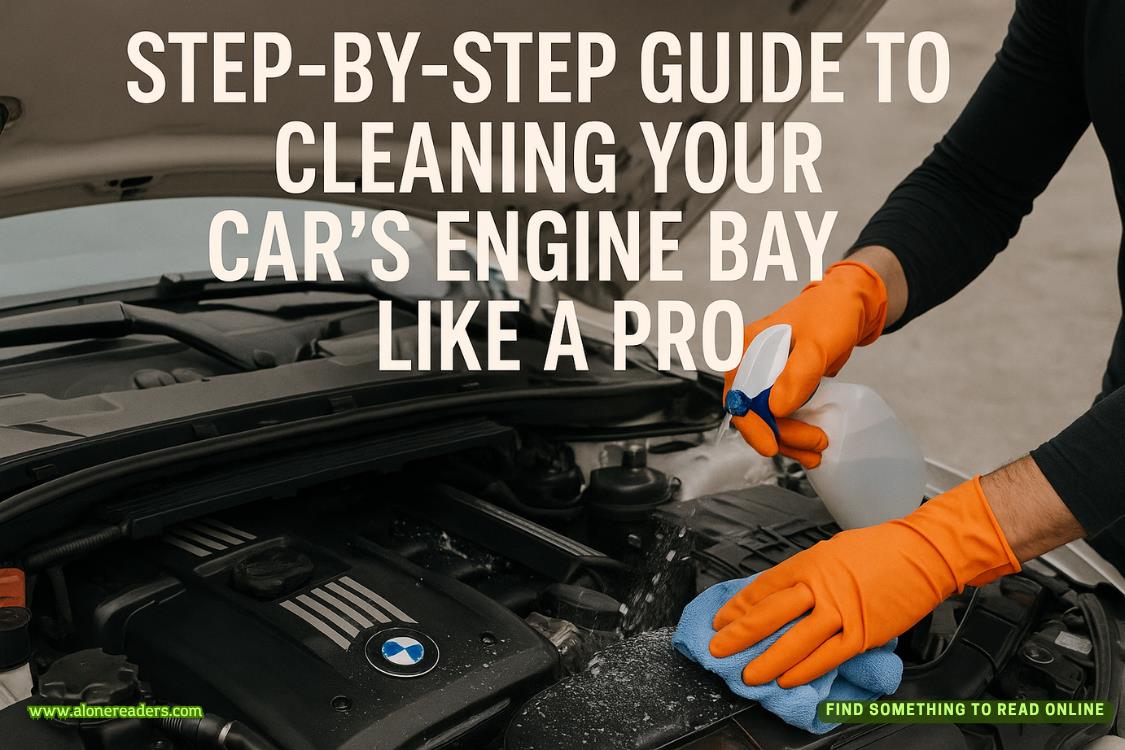Now Kit was worried. He knew that no Kingsbridge clothier was looking for extra hands right now. He had heard his mother say that they were not replacing people who left, because they were uncertain what the future held or how long the war would go on. Amos’s dilemma was not unique.
‘But I’ve found a solution. I know how I can fulfil Mr Shiplap’s order without reducing piece rates or dismissing people.’
There was a silence. Kit sensed that the hands were suspicious, unsure whether to believe Amos.
Amos and Roger pulled the canvas covers off the mystery object and dropped them on the floor. When the thing was completely visible, Kit still did not know what it was. He had never seen anything like it.
Nor had anyone else, he could tell. They were all muttering in puzzlement.
There were eight cylindrical metal rollers in a black pyramid. It reminded Kit of a stack of water pipes he had once seen on the High Street. These cylinders seemed to be studded with nails. The whole thing was mounted on a stout oak platform with short, thick legs.
It was obviously a machine, but what did it do?
Amos answered the unspoken question. ‘This is the solution to our problem. It’s a scribbling engine.’
Kit knew what scribbling was. He remembered Mick Seabrook, a hand scribbler in Badford. Mick used brushes with iron teeth, and now Kit saw that each roller was wrapped in a leather cover studded with nails just like the teeth of Mick’s brushes.
Amos went on: ‘Machines like this have been around for a long time, but they’ve caught on in recent years, and this is the up-to-date version. The fleece is fed through the first pair of rollers, and the nails untangle the wool and straighten the fibres.’
Kit said: ‘But the scribbler has to do it again and again, all day.’
The hands laughed, because a little boy had spoken up, but a moment later Joanie said: ‘He’s right, though.’
‘Yes,’ said Amos. ‘And that’s why there are so many rollers. One pass is never enough. So the fleece goes through a second pair, with teeth placed closer together; then a third, then a fourth, each combing more finely, removing more dirt, making the fibres straighter.’
Roger added: ‘This machine was made for cotton, and wool is softer, so I’ve modified the iron teeth, making them less sharp, and enlarged the gaps between upper and lower rollers, so that the process is less brutal.’
Amos said: ‘And we’ve tested it, and it works.’
Sal spoke up. ‘And who turns the rollers?’
‘No one,’ said Amos. ‘Like the fulling engine, the scribbling machine is driven by the mighty power of the river, channelled into the mill race and transmitted, via cogs and chains, to the rollers. It just needs one man to mind the mechanism and make small adjustments as it rolls.’
Joanie said: ‘And then what will the hand scribblers do for work?’
That was right, Kit thought; Mick and other scribblers might not be needed if there were scribbling machines driven by the waterwheel.
Amos seemed to be ready for this question. ‘I won’t lie to you,’ he said. ‘You all know me – I don’t want people to lose their living. But we have a choice. I could send this machine back where it came from, forget about Mr Shiplap’s order, and tell half of you not to come back tomorrow because I’ve got no work for you. Or I could keep you all working but reduce your piece rates. Third choice: we can hold piece rates at the same level, fulfil Mr Shiplap’s order, and keep you all working – if we use the scribbling engine.’
Joanie said defiantly: ‘You could use your own money to keep things going.’
‘I haven’t got enough,’ Amos said. ‘I’m still paying off the debtsmy father left me three years ago. And do you know how he got into debt?’ His tone became a bit emotional. ‘By running this business at a loss. One thing I can tell you for certain is that I will not do that. Never.’
A woman said: ‘I’ve heard these machines don’t do a proper job.’ There was a murmur of agreement.
Another said: ‘It looks devilish to me. All them nails.’ Kit had heard people speak like this about machinery. They did not understand how the machines worked so they said there must be an imp trapped inside and driving it. Kit understood machines and he knew there were no imps in them.
There was a discontented silence, then Kit’s mother spoke up. ‘I don’t like this machine,’ she said. ‘I don’t want to see hand scribblers lose their living.’ She looked around at the other hands, mostly women. ‘But I trust Mr Barrowfield. If he says we got no choice, I believe him. I’m sorry, Joanie. We have to accept the scribbling machine.’
Amos said nothing.
The hands looked at one another. Kit heard a hubbub of comments, mostly in undertones; they were unhappy, but not angry. They just sounded resigned. Gradually they moved away, looking thoughtful, saying goodnight quietly.
Sal, Kit, Joanie and Sue left together. The four of them trudged homeward in the twilight. It had rained during the day, while they were inside the mill, and now the setting sun glinted off the puddles. They crossed the market square as a lamplighter went around with his flame. In the centre of the square the implements of punishment stood in the half-dark: the gallows, the stocks and the whipping post – actually two posts and a crosspiece, where a wrongdoer would be bound, hands tied above the head, to be flogged. The woodwork was spotted brown with blood. Kit tried not to look: it scared him.
As they passed the cathedral, the bells began to ring. Monday was practice night for the ringers. Kit knew there were seven bells: thehighest in pitch, No. 1, was called the treble, and the deepest, No. 7, was the tenor. As usual they began with a simple row, ringing all seven in descending order, 1234567. Soon they would change to something more complicated. Kit was interested in the way they altered the tune by varying the order of the bells. There was something satisfyingly logical about it.
Sal and Kit shared a house with Sue and her family in the low-rent neighbourhood in the north-west of the city. On the ground floor at the back was the kitchen, where they all cooked and ate. The front room was occupied by Sue’s Uncle Jarge, five years younger than Joanie at twenty-five, a weaver in one of Hornbeam’s mills. Jarge was also one of the bell-ringers, and Kit had picked up some of the lore from him.















